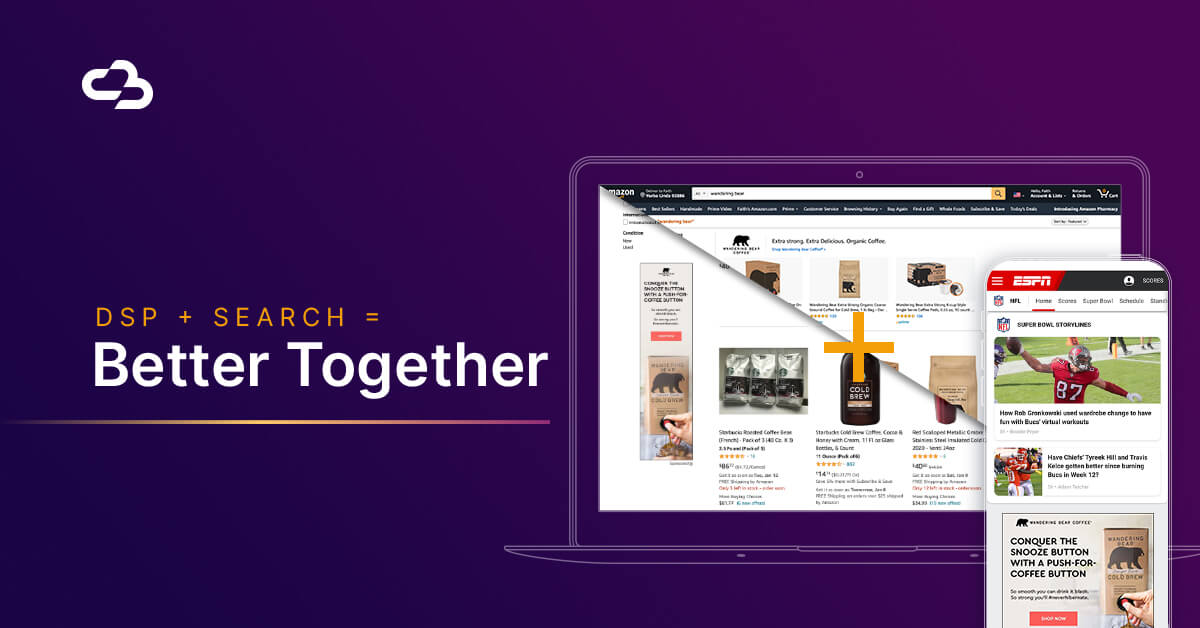[Read time: 9 minutes]
Amazon DSP is vitally important for planning ad campaigns across retail media. Yet despite its importance, programmatic ad bidding and buying remains a tricky subject to understand, let alone tackle on your own. Channel Bakers has worked within this demand-side platform for a while and is in the top 5% of media spend for Amazon DSP. Here, we are listing the top 22 frequently asked questions on Amazon DSP to hopefully provide concise and helpful answers for those who know virtually nothing about demand-side platforms or need a refresher.
Frequently Asked Questions
| 1 | Q: What is Amazon DSP? A: Amazon DSP is a demand-side platform that allows advertisers to programmatically buy video and display ads and automatically schedule them on and off Amazon. |
| 2 | Q: What does demand-side platform do? A: Demand-side platforms are software systems that assist advertisers in buying online advertising inventory. Both the time the ad will be displayed and the best price to pay for the ad is decided automatically through a system called Programmatic Advertising. |
| 3 | Q: What does Amazon DSP stand for? A: Amazon DSP stands for Amazon demand-side platform, which is Amazon’s media buying software and interfaces where advertisers can bid on and optimize video, audio, and display ads. |
4 |
Q: Who should use demand-side platforms for their advertisement strategies? A: Both new and experienced advertisers would benefit from using a DSP since anyone can benefit from having their digital advertising inventory automated. Plus DSPs allow advertisers to extend their reach throughout the whole advertising funnel and run their ads across many channels from a single source. Related Article: Read more on DSP, Search, and the advertising funnel. |
| 5 | Q: How do demand-side platforms work? A: A DSP collects data through machine learning and artificial intelligence and provides a central place to buy and sell digital advertising inventory. It is as hands-off or as hands-on as the advertiser wants. Most DSP platforms automatically and smoothly run ad campaigns thanks to brand safety, viewability, and traffic quality guardrails. |
| 6 | Q: How do I create a campaign in Amazon DSP / Can I start my own DSP with Amazon? A: If you’re considering starting an ad campaign that utilizes Amazon DSP, we would love to partner up and develop a managed strategy to meet your needs and KPIs. |
7 |
Q: Is it better to partner with an agency to get the benefits of using a demand-side platform? A: If your brand is new to DSPs, doesn’t have a dedicated ad team, or doesn’t have the bandwidth to spare, partnering with an advertising agency is a great way to capture the benefits of a demand-side platform. Want to see some DSP examples in action? Here’s a recap of Channel Baker’s “Better Together” approach to Samsung's sponsored display ads strategy. |
8 |
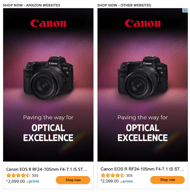 Q: Where do Amazon DSP ads show up? A: Amazon DSP advertising campaigns can access inventory on and off of Amazon, affiliated sites like Twitch and IMDb, devices like FireTV, and even third-party sites. |
| 9 | Q: What ads can I buy through Amazon DSP? A: In the Amazon Ad console, you can buy and activate programmatic display, video, audio, and STV ads. |
| 10 | Q: When do DSP ads target the shopper? A: Amazon has DSP ad products for all stages in the marketing funnel. Everything from awareness to consideration and retargeting. |
11 |
Q: How do I measure my ads’ performance? A: Within the Amazon Ads console, the reports tab is the best place to see how a programmatic ad campaign fared. Once the campaign has run its course, users can gather information on the demographics of their audience, the timing that worked best for their ads, repeat purchases, the number of purchases, and the timing between repeat purchases. Beyond this platform’s analytics, advertisers can employ third-party measurement solutions or measure results through the Amazon Marketing Cloud. 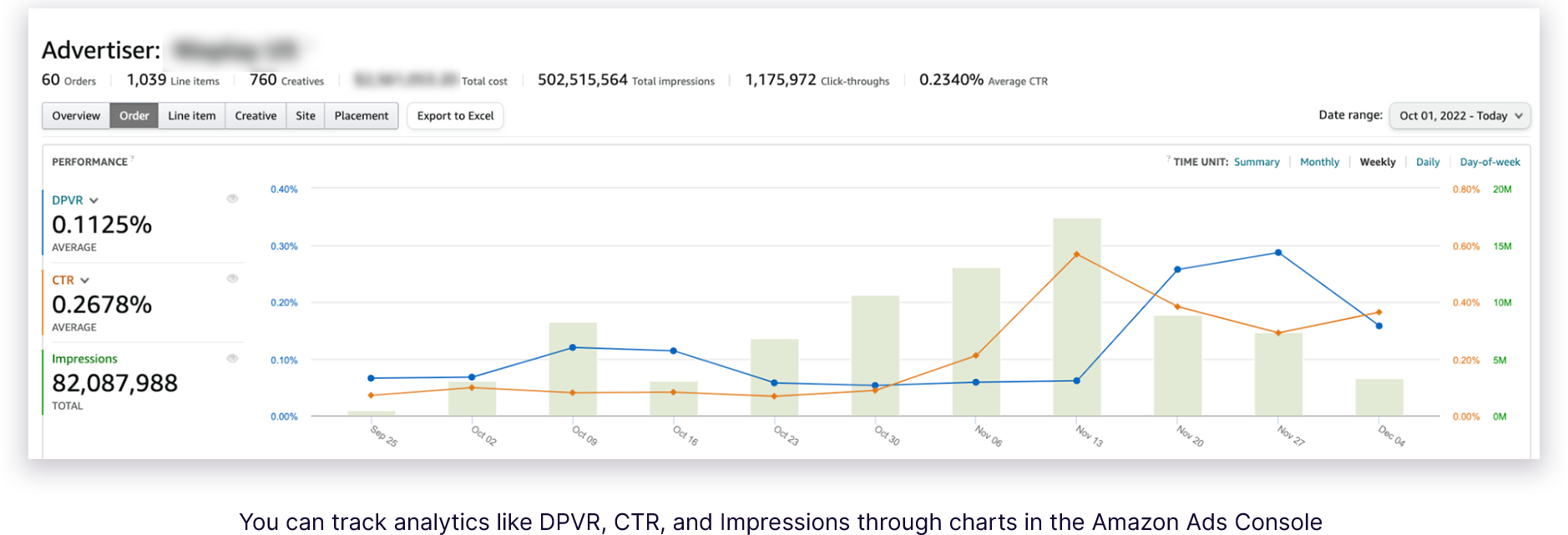 |
| 12 | Q: What are all the functions of Amazon’s demand-side platform? A: The primary goal of the Amazon DSP is to streamline ad campaigns through automated and centralized media buying. However, the platform also empowers advertisers to accurately track and target their audience, make more informed decisions based on deep insights, and meet their retail media goals. |
13 |
Q: What does the setup look like in Amazon DSP? A: The DSP dashboard is reminiscent of other Amazon Ad interfaces like vendor or seller central; users can access their orders (campaigns) and adjust such parameters as goal KPI, activated ASINs, and bid strategy. Other fields that an advertiser can access include line items, creatives, and inventory reports. 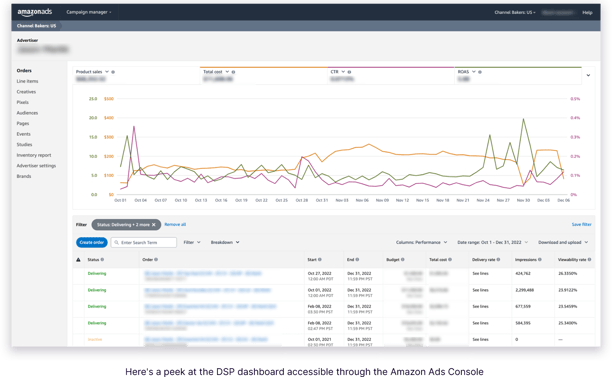 |
| 14 | Q: Is being on Amazon DSP worth it? A: Amazon’s demand-side platform is well worth it for brands trying to expand audience reach and take advantage of its full-funnel advertising capabilities. Again, check out our Samsung case study for proof. |
| 15 | Q: How can Amazon’s DSP help my retail business? A: The Amazon demand-side platform helps retailers run successful digital ad campaigns by providing them with invaluable first-party data and robust performance analytics, Amazon’s unique inventory, reliable brand safeguards, and plenty of tools to optimize your campaigns. |
| 16 | Q: How many types of demand-side platforms are there? A: As with any SaaS application, there are many DSPs to choose from. Here is a list of the top DSPs (Amazon DSP among them) |
| 17 | Q: How long is Amazon DSP’s attribution period? A: Before an advertiser can look at their campaign's performance data, they must wait two weeks since the Amazon DSP uses a 14-day “last-touch” attribution model. |
| 18 | Q: Can DSP be applied to STV and OLV ads too? A: Yes, Amazon’s demand-side platform can programmatically slot ads on streaming TV platforms like FireTV and does the same with online video advertising (OLV) on Amazon.com or through third-party sites. |
| 19 | Q: What is the difference between Amazon DSP and Sponsored Ads? A: The big difference between DSP and Sponsored Ads is the audience—you can actually have DSP and Sponsored ads on the same PDP. Sponsored Ads is based on search, while DSP is based on what Amazon knows about the consumer, for instance, consumers that are "in-market" for similar products and meet certain life stages or lifecycle criteria. |
| 20 | Q: What is the difference between DSP and SSP? A: Both a DSP (demand-side platform) and an SSP (supply-side platform) are programmatic software that help facilitate the buying and selling of digital media. A DSP enables advertisers to programmatically buy inventory and reach their audiences at the perfect window. An SSP, on the other hand, is for publishers looking to facilitate sales of their advertising impressions; to put it another way, it's for suppliers to sell impressions and set bid rates on ad inventory for advertisers. Amazon Publishing Services is their version of an SSP. |
| 21 | Q: How much does Amazon DSP cost? A: Pricing for ads through Amazon DSP varies depending on factors like country, service model, and size of online advertising budgets. Both have minimum monthly fees, but only managed-service customers have a management fee too. |
| 22 | Q: Can I use Amazon DSP even if I don't sell on Amazon? A: Yes, Amazon DSP is available to advertisers who sell on Amazon and who don’t. Advertisers on Amazon will be able to use both link-in and link-out campaigns, whereas advertisers who are only selling on their own dot com could only use a link-out campaign (since they don’t have any ASINs/brand pages on Amazon). |
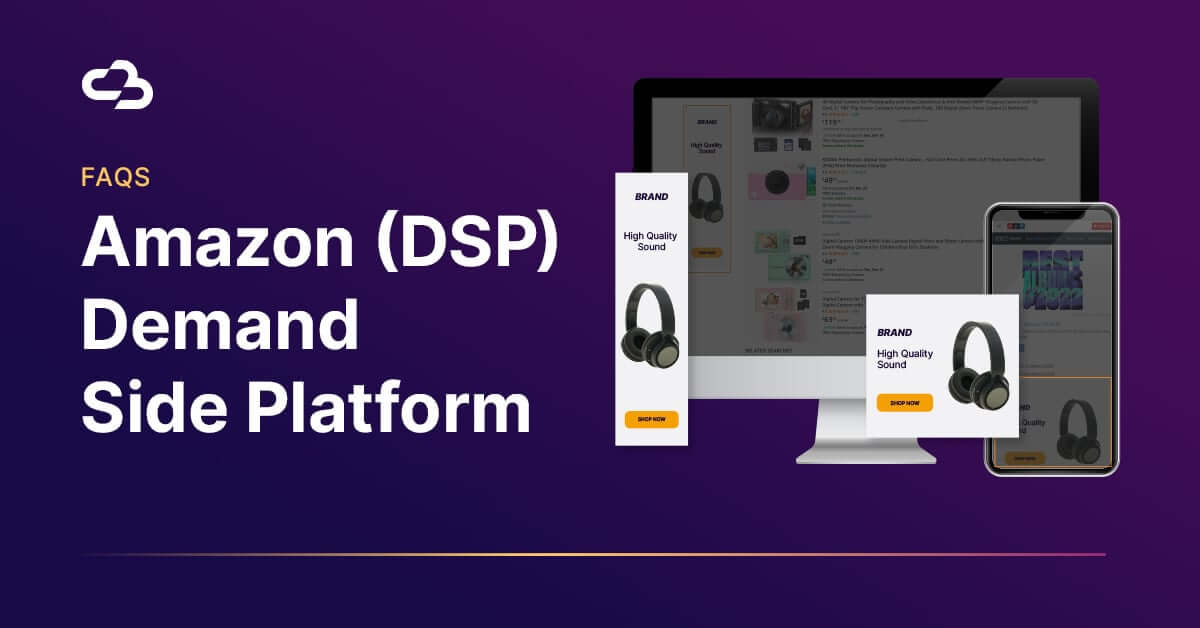
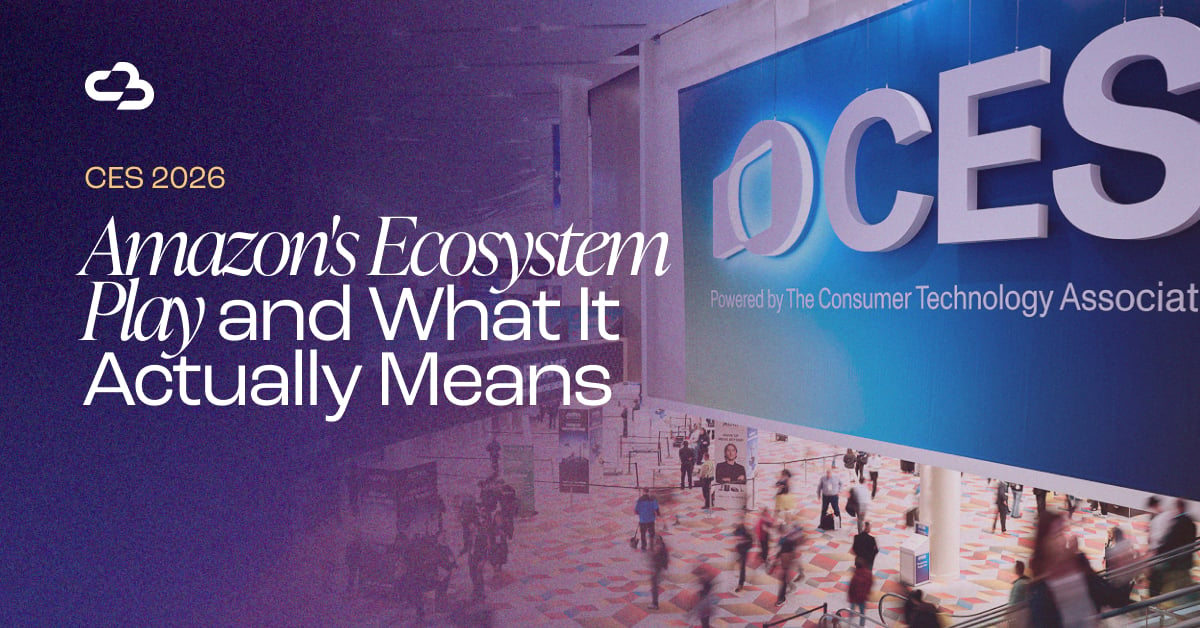
.jpg)
.jpg)
.jpg)

